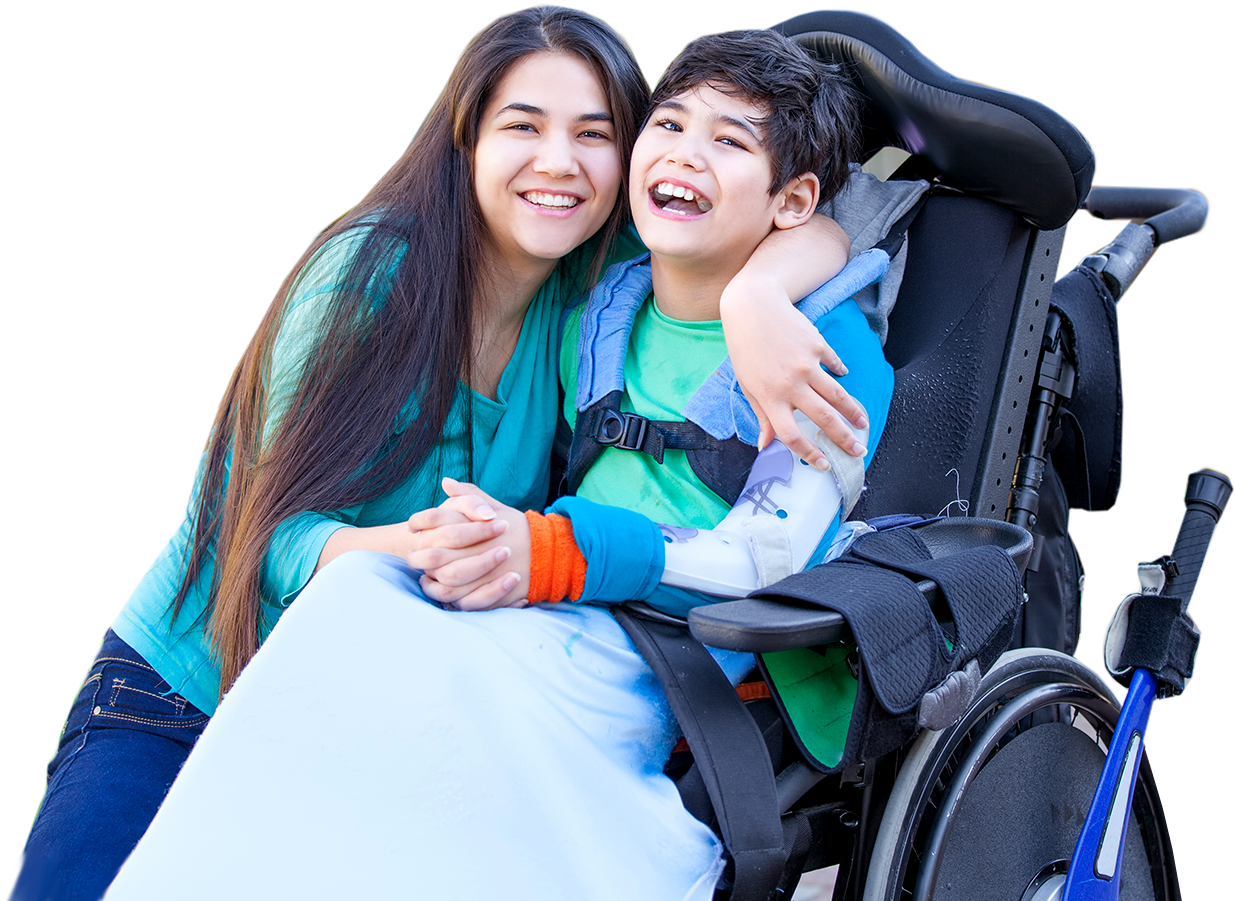CPFN Blog
advice to better care for your child

- Alternative
- Assistive Technology
- Associated Conditions
- Birth Injury
- Causes of Cerebral Palsy
- Cerebral Palsy Diagnosis
- Cerebral Palsy Information
- Cerebral Palsy Therapies
- Cerebral Palsy Treatments
- Child Development
- Doctor Visits
- Education
- Equipment
- Featured
- Legal Help
- Medical Research
- News
- Patient Care
- Prenatal Care and Childbirth
- Stories
- Tips for Parents
- Types of Cerebral Palsy
- Updates
Epidural Anesthesia: What Can Go Wrong?
During labor, expectant mothers may have the option to receive epidural anesthesia. Although an epidural generally offers numerous benefits, it could also cause serious side effects for the mother or child. It’s important to understand the potential disadvantages of an epidural during labor. Discover what can go wrong with this type of anesthesia and whether... Read More
Magnetic Resonance Imaging (MRI) and Cerebral Palsy
When diagnosing cerebral palsy (CP) in children, doctors may use imaging procedures to gain insight into how a child’s nervous system is functioning. Neuroimaging procedures are tests that healthcare professionals can use to study seizures and related neuromuscular disorders in children. Learn more about neuroimaging through magnetic resonance imaging (MRI) and cerebral palsy MRI evaluations.... Read More
Can Cerebral Palsy Be Cured with Gene Therapy?
As a parent, you’ll do anything to ensure that your child has the safest, healthiest, and happiest future possible. Parents of children with cerebral palsy know this all too well—from various types of therapy, to medications for pain, seizures, and spasticity, to acupuncture and chiropractic care, these parents are eager to try anything that will... Read More
What Is the Difference Between Cerebral Palsy and Bell’s Palsy?
If you have a child with cerebral palsy, there’s a good chance you’ve heard of Bell’s palsy. The two conditions are often confused, although they’re very different in terms of their timeline, causes, and symptoms. Keep reading to understand what makes these two conditions different. How Are Cerebral Palsy and Bell’s Palsy Different? The word... Read More
Can Stem Cell Therapy Be Used to Treat Cerebral Palsy?
When treating individuals with cerebral palsy, treatments are not a one-size-fits-all approach. Several methods are currently available to treat disabilities that result from the condition, from physical and recreational therapies to oral medications and surgeries. In recent years, researchers have discovered that stem cell transplantation may be an effective way to restore certain abilities in... Read More
Brain Injury from Lack of Oxygen and Cerebral Palsy
When an infant sustains injury to the brain before or during birth, cerebral palsy may result. Learn about the relationship between a brain injury and cerebral palsy and how cerebral palsy from a brain injury could occur. Brain Injuries Caused by Lack of Oxygen Out of every 1,000 babies delivered full term, three of them... Read More
Adaptive Bikes for Cerebral Palsy
Children with cerebral palsy experience symptoms such as weak or stiff muscles that are difficult to control. This presents unique challenges as children learn to move independently and interact with peers. Certain physical therapies and pieces of equipment can help children with CP strengthen and control their muscles. Adaptive bikes provide not only physical benefits... Read More
Equipment for Cerebral Palsy
Once a child receives a diagnosis, caregivers and doctors can work together to find out what the child can use to be able to live as normal of a life as possible. A variety of equipment is available that can assist with a variety of issues, such as mobility, balance, and communication. Many devices also... Read More
Adaptive Devices for Cerebral Palsy
Children with cerebral palsy face unique challenges in daily tasks, but adaptive equipment devices may make completing daily activities more manageable. Technology and other devices are available to assist with self-care activities such as dressing, bathing, grooming, and feeding, while adaptive toys offer body awareness and ways to interact with others and have fun. Benefits... Read More
Adaptive Toys for Cerebral Palsy
Selecting toys for children that have cerebral palsy can present a challenge for some parents, friends, and caregivers. It’s important to choose toys that are easy for children with CP to use so that they can have fun safely, regardless of their difference in abilities. Rest assured that there are many options available. Switch-Adapted Toys... Read More
